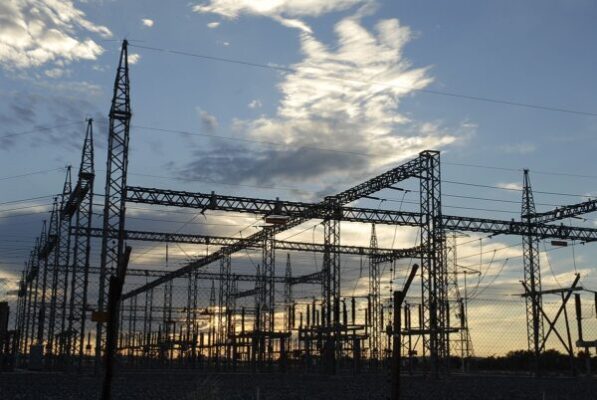In response to the government’s call for increased self-reliance in energy production, ferrochrome miners in Zimbabwe are embarking on a major power initiative. Ferrochrome companies, which have historically benefited from relatively low tariffs, are now investing in their own power generation. This move aims to address the sector’s high energy demands and reduce dependency on the national grid.
by Ryan Chigoche
Construction has begun on a significant 300 MW thermal power project in Hwange, with the first 100 MW expected to come online by mid-2025. Additionally, a new 720 MW thermal power station will commence construction this quarter, designed to supply both self-generated power and additional electricity to other ferrochrome companies. ZESA Chairman Sidney Gata said in a statement, “Construction work has already started at one site targeting to produce 300 MW of thermal power in Hwange, with the first 100 MW coming on stream by mid-2025. Construction work will commence this Q3 on a 720 MW thermal power station by one of the ferrochrome companies for self-supply and supply to other ferrochrome companies.”
The Hwange Power Station is also undergoing a major upgrade through its Repowering Programme, with a US$800 million investment aimed at enhancing the station’s capacity and reliability. This initiative will upgrade Units 1 to 6, extending their operational life by 15 to 20 years. The completion of the Unit 5 upgrade is scheduled for April 2025, aligning with peak winter demand periods.
Power costs have become a significant concern for Zimbabwean miners, particularly after a 40% tariff increase last year. For many mining companies, electricity constitutes about 20% of their operational costs. Ferrochrome producers, in particular, have felt the impact, as they are among the highest energy users. Zimasco, a major player in the industry, has faced frequent plant shutdowns due to disputes with ZESA, exacerbated by falling global ferrochrome prices. In response, Zimasco has announced plans to build a 100 MW solar plant near its Kwekwe facility. Other ferrochrome miners, including Jinan-Almid and Titan Power, are also investing in power generation projects.
ZESA is not only supporting these initiatives but is also advancing its own solar power projects. With studies for sites totalling 400 MW nearing the bankability stage, ZESA plans to develop these through various partnerships.
However, ZESA faces a significant power supply shortfall, particularly during peak winter periods, with a gap of up to 540 MW. The utility’s total power supply averages 1,310 MW, against a peak demand of 1,850 MW. Recent technical issues, including a fault at Hwange Power Station Unit 8, have further strained the system. To address the shortfall, ZESA is importing power from regional utilities and engaging in the SAPP Day Ahead Market, though reduced import capacity and significant arrears over ZIG 5.7 billion have complicated these efforts. In response, ZESA has also been exporting electricity during non-peak hours to generate revenue and meet financial obligations.
The ferrochrome industry’s investment in power generation reflects a broader trend of resource-intensive industries in Zimbabwe seeking greater energy independence amid ongoing challenges in the national power sector.

